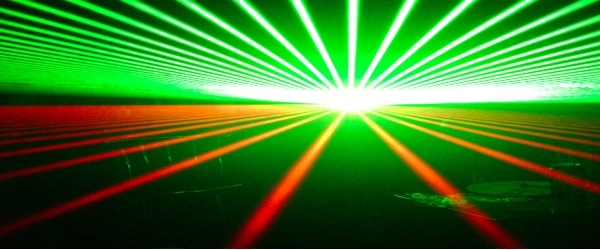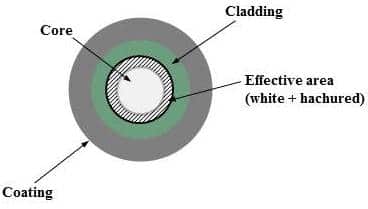When it comes to light sources for microscopy, there is really no such thing as the “best.” The type of light source you use depends on the system you are working with and the type of result that you want. Digital systems are usually designed to work with either a halogen or a LED light source and these do not tend to be interchangeable. Halogen is the more traditional type, while LED is the wave of the future (physics pun intended). While there are differences in the light quality, they also require different housing conditions and the software on the digital imaging system is written to interpret the particular type of light.
Although you don’t often get to choose the type of light source you use, you should know the differences between the two.
So, let’s turn the spotlight onto the light source and examine halogen vs LED.
Which is Which? Halogen vs LED
Halogen bulbs are a traditional style bulb with a tungsten filament inside a glass casing. The casing is filled with halogen gas (usually iodine or bromine), which helps increase the life time of the filament. Halogen lights are normally used as part of an external light source where the bulb is housed in a separate box to the digital scanner / digital microscope. The light is fed into the scanner / microscope by a fiber optic cable. External light sources are an add-on to your digital system, and they require a certain amount of extra care (although this should be minimal). However, they are usually easy to use and the bulb is easy and cheap to change.
An LED bulb is quite small; therefore, they are usually used in groups. You’ll most often find them built into newer machines. The advantage of this is that they take up less bench space and are usually included in the cost of the machine. The drawback of this is that when the bulbs need to be changed, you must buy a new machine part. Also, you will most likely need to call out a field engineer to fit the new bulbs. LEDs are definitely more expensive than halogen bulbs, but they are more energy efficient and usually last a few years.
Color of Light and the Perceived Color in the Image
A halogen light, when new, produces white light. As the bulb starts to age though, the light becomes more yellow. Many pathologists have learned to view samples using halogen light, and they are used to samples appearing ‘richer’ in color.
LED lights are brilliant white and can make histology samples seem slightly washed out if you are used to halogen. For example, a tissue that is red under halogen light can appear pink under LED light. LED images tend to publish better as they are brighter. However, this comes down to personal preference and what you are used to.
End of Life
One great advantage of halogen bulbs is that they age in a predictable manner. You will notice that the bulb starts to throw different colors of light. This will be reflected in your gain values. In a halogen system, you can lower the gain values if they have gone above the useable range. Lowering the gain values back to the acceptable range will also get a few more miles out of your bulb. However, there will be a point in the life of the bulb in which lowering the gain won’t help anymore. This usually happens when the values start coming in at over 1000. When the values reach that high, you need to replace your bulb.
LED bulbs have good longevity and are quite reliable—the average life of an LED bulb is around 50,000 hours. But unlike halogen lights, LEDs die in an unpredictable and often spectacular way. They tend to burn out suddenly and without much warning. LED bulbs start to flicker as they die, and this is seen as extreme variation in the brightness of the image (one tile or stripe will be significantly brighter or darker than another, or there will be boldly colored stripes in the image).
Tricks of the Trade
Hands Off!
When changing a halogen bulb it is important not to touch the bulb with bare fingers. This may seem like overkill, but the oil from your skin will get on the bulb and the heat then burns a fingerprint onto the glass.
While LED bulbs don’t heat up to the temperatures that halogen bulbs do, the wires are easily bent. If one of your LED bulbs has died, don’t try and remove it or think that fiddling with it will get it to light up again. You could damage the circuit and knock the entire light board out.
Know your Gains to Gain Halogen Miles
Gain values indicate the different levels of red, green, and blue light being given off by a bulb. When imaging with a digital system at 20x magnification, the gain values should be between 400–600. When imaging at 40x magnification, they should be around 600-800 (when imaging at higher magnification the light needs to be stronger, hence the higher values). If the digital system is having trouble focusing or is reporting a light error, the gain values should be one of your first checks. Consult your user manual for instructions on how to check your gain values.
The technology of microscopy is actually based off a very simple idea—capture light and then bend and twist it until it makes an image. As we move into a digital age where we no longer need to spend time adjusting mirrors, it becomes easy to take that light for granted. But taking some time to understand your light source and what its advantages and limitations are will not only help you create better images, it will also assist in your trouble-shooting and the maintenance of your imaging system.







